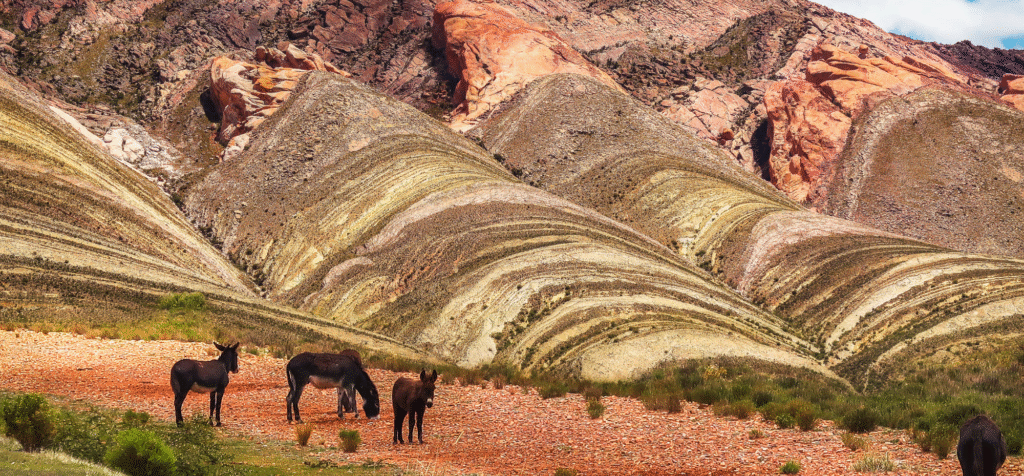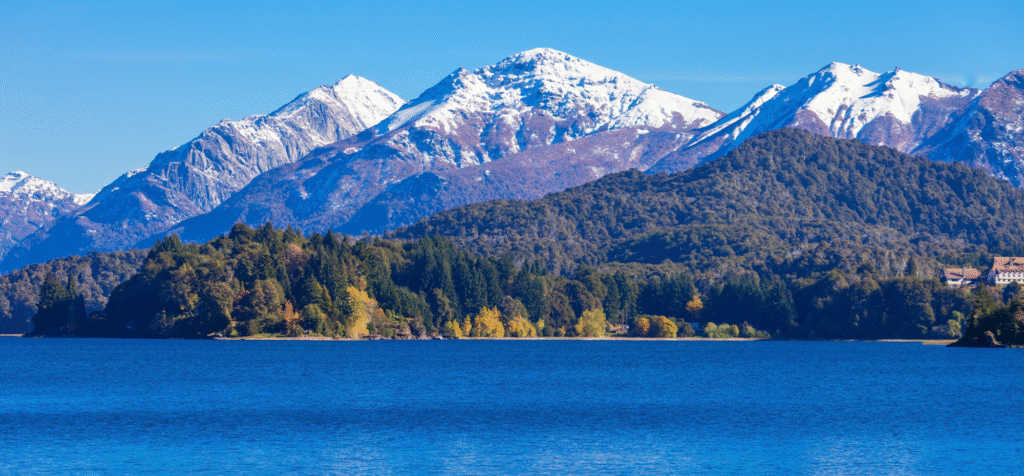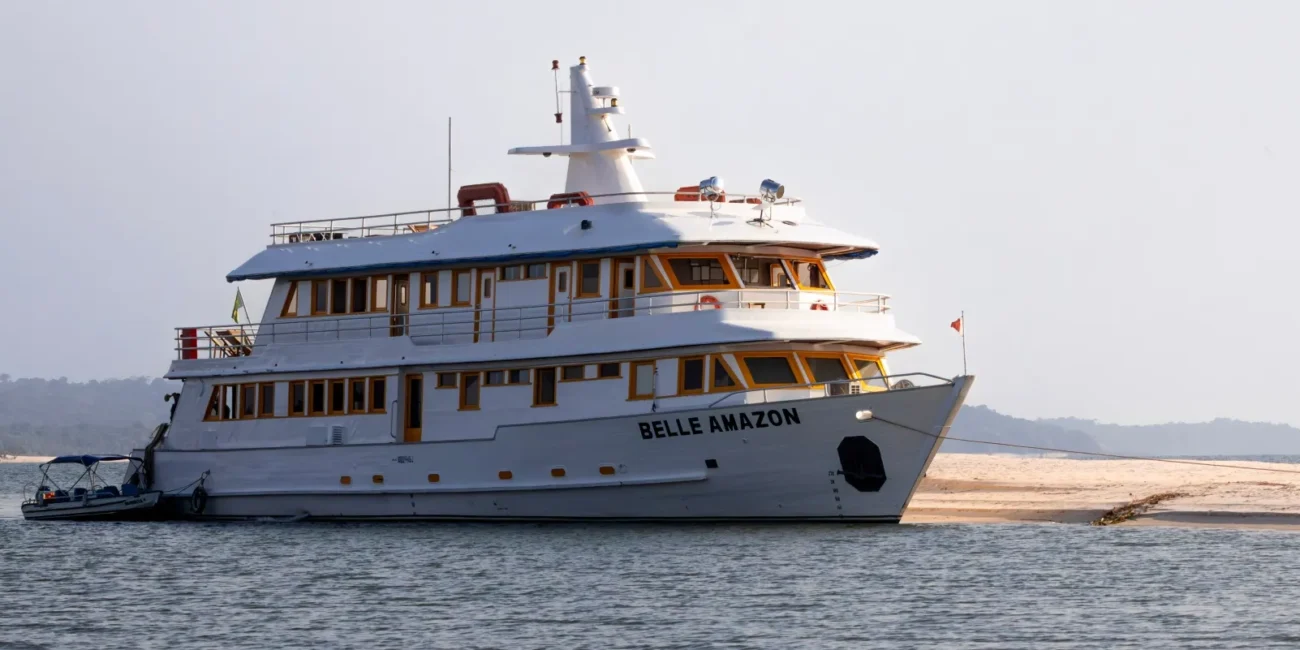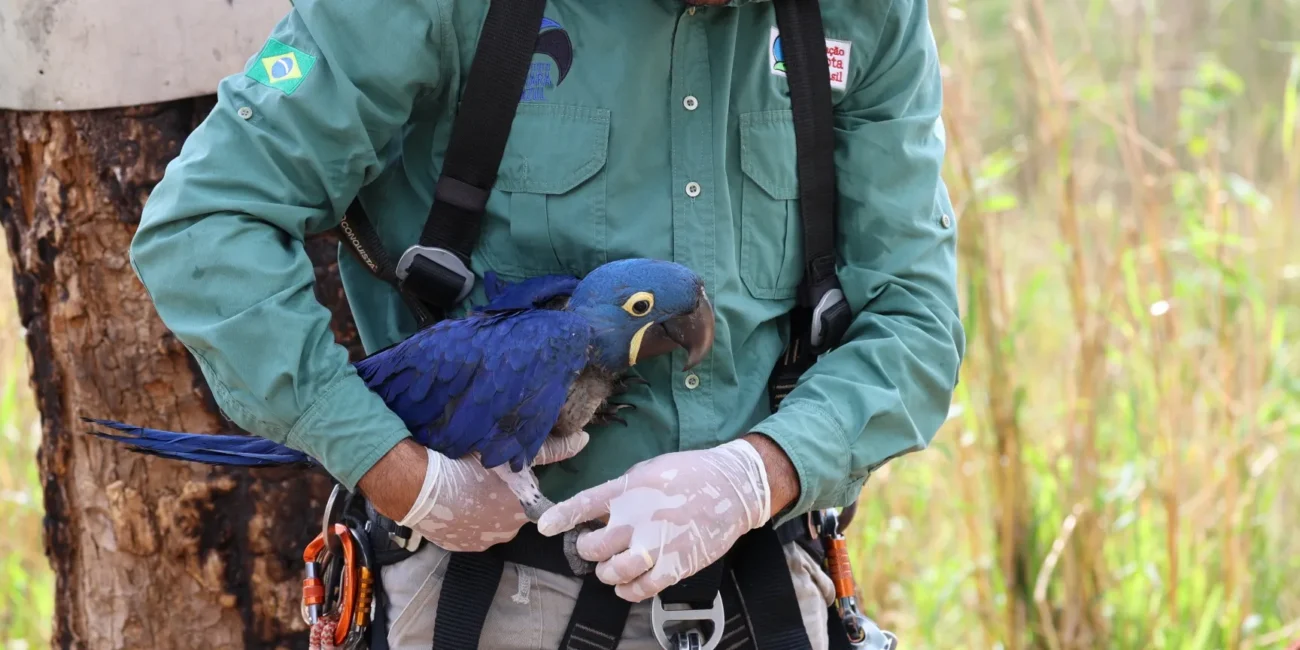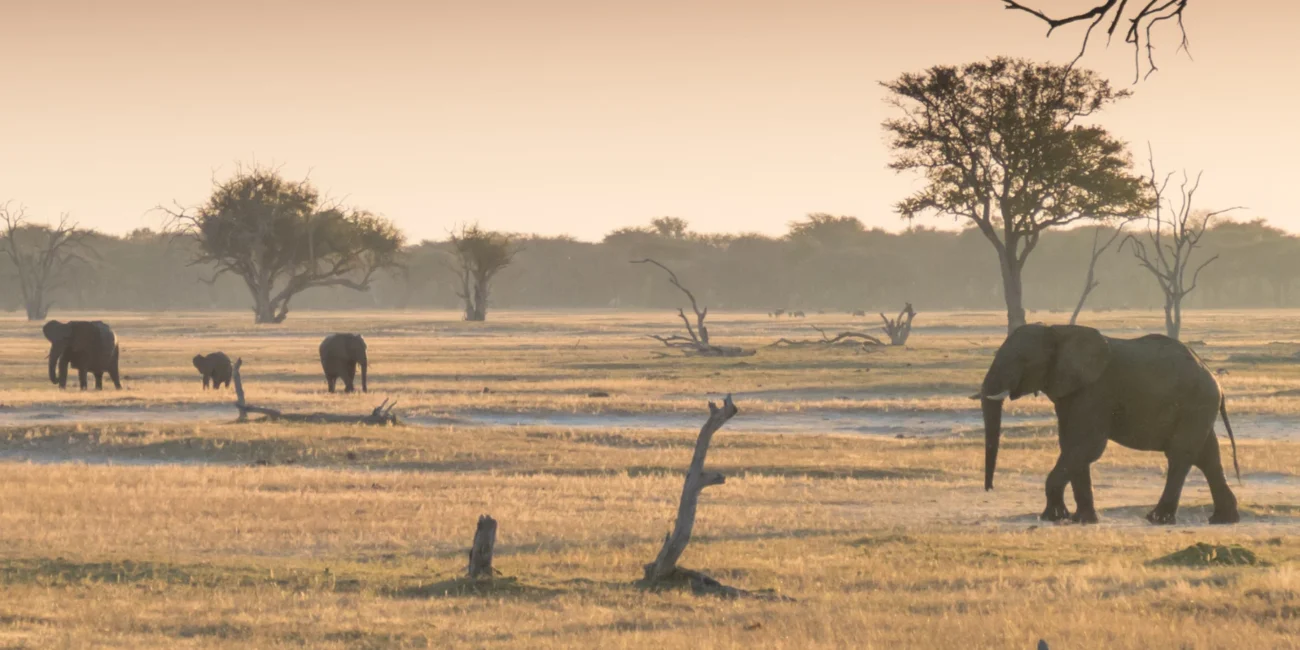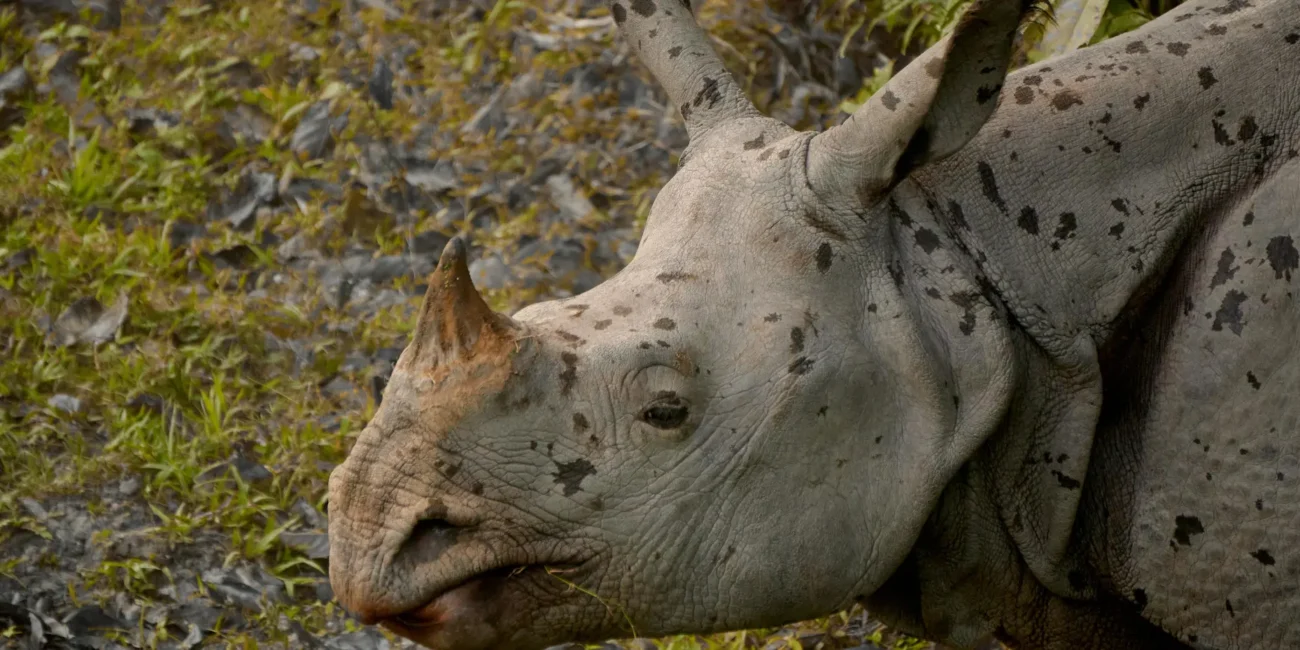Argentina’s story of conservation and sustainability is a fascinating tale. Once a nation on the cusp of losing its biodiversity and beauty to the ravages of intensive farming and logging, huge swathes of the land are now returning to their natural state.
This transformation has brought the country a new lease of life, invigorating the land and its people. Argentina is an outstanding example of how conservation and sustainability can work, leading the way in Latin America’s efforts to protect its unique wildlife and stunning landscapes.
Here’s a closer look at how Argentina is making remarkable strides in conservation and sustainability.
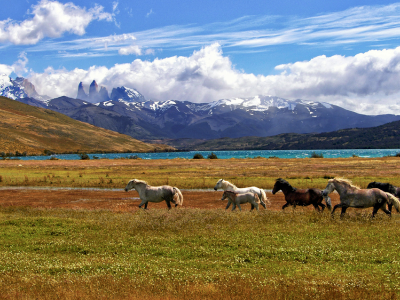
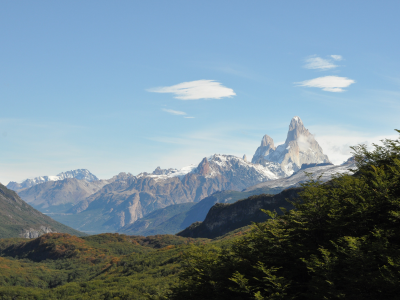
A Land of Ecological Richness
Argentina’s Diverse Ecosystems
Argentina is home to an astounding array of animal and plant species, with ecosystems as rich and vibrant as its history and culture. This South American country is a treasure trove of biological diversity, from the towering Andes mountain ranges and verdant pampas grasslands to the vast wetlands and thriving rainforests.
Its terrain extends from the Bolivian and Brazilian borders in the north to the southernmost tip of South America, where only the South Atlantic Ocean and Antarctica lie beyond. Its immense size has given rise to the evolution of a wide variety of unique wildlife species, many of which are endemic to the country.
Argentina Wildlife Conservation Efforts
In Argentina, wildlife conservation runs deep. The country has made protecting its land a national priority, and the success of these efforts is evident. With 40 national parks covering around 4% of the country, Argentina protects a huge variety of ecosystems and biomes along with the many wildlife species that call them home.
Wildlife conservation is essential to Argentina’s sustainability efforts and securing the future of this beautiful country and its creatures. From the majestic jaguars in the north to the vibrant red and green macaws that soar among the thick jungle canopies, these protected areas have now become a haven for wildlife.
The history of Argentina and its indigenous people tells tales of living harmoniously with nature, and this tradition continues today with a renewed commitment to protecting the country’s rich biodiversity. However, while the country has made great strides to protect its land, ongoing threats from habitat destruction, pollution, and climate change still need to be addressed.
Rewilding Argentina
Argentina’s wildlife conservation efforts have made significant strides to ensure its flora and fauna thrive for generations. Nowhere is this seen more than in their amazing rewilding projects that have brought parts of the country back to life.
Restoring the Iberá Wetlands
One of Argentina’s most remarkable conservation initiatives is the rewilding of the Iberá Wetlands. Lush marshlands, serene lagoons, and meandering waterways in the nation’s northern reaches provide a welcoming refuge for many of Argentina’s fascinating creatures.
Rewilding here has restored the blue-green patterned landscape, allowing species like the giant otter, capybara, and marsh deer to flourish. Here, you can witness firsthand the success of rewilding projects that have reintroduced species such as giant anteaters and pampas deer to the region.
The Return of the Jaguar
Once on the brink of extinction in the wetlands, the magnificent jaguar is now making a glorious comeback thanks to the rewilding of Argentina and the tireless efforts of the Iberá Project, which have reinvigorated the area over the last 17 years beyond all recognition. This apex predator plays a natural role in maintaining ecological equilibrium by keeping the animal population in check.
Land grabbing has become a growing concern in Argentina’s Gran Chaco region in the North. Foreign-owned businesses exploit ambiguous land rights and turn land into large-scale farming operations for their economic gain. Despite this, communities are fighting to protect the land.
Currently, only 10 male jaguars are in the region, with the last female sighted over 35 years ago. However, community-led rewilding efforts to reintroduce more jaguars into El Impenetrable National Park bring renewed hope that the world’s third-largest big cat will again rule its jungles.
Protecting Patagonia’s Iconic Species
In the rugged wilderness of Patagonia, Argentina’s wildlife conservation efforts are flourishing. Known for its stunning mountain peaks and breathtaking beauty, it’s unlike anywhere else, with countless places to explore.
The Andean Condor Conservation Program (PCCA) has been instrumental in saving Patagonia’s most iconic bird of prey from extinction. Thanks to extensive regional breeding and release programs, Andean Condors with wingspans of over 10 feet now soar high in the skies.
In addition to saving its birdlife, Argentina has established numerous national parks to protect the region’s beautiful glaciers and untouched landscapes. This includes Los Glaciares National Park, with its crystal blue lakes and awe-inspiring views of the South Patagonian ice field. These conservation efforts ensure that Patagonia remains a place of astonishing natural beauty where wildlife can prosper.

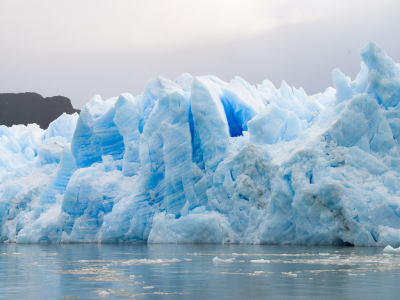
Sustainability in Argentina
Argentina is a major player in the agricultural industry, being one of the world’s largest exporters of beef, soy, and wheat. This has sadly been a driving force in habitat destruction over the last several decades.
However, the country is now making valiant efforts towards more sustainable agricultural practices, promoting conservation agriculture, reducing the use of chemicals, and encouraging organic farming.
Efforts to protect and restore forests are also a key part of Argentina’s sustainability initiatives. In 2007, the country passed the National Forest Protection Law to combat deforestation from agriculture and promote the reforestation of its lands.
Eco Tourism in Argentina
Argentina can’t achieve its conservation and sustainability goals alone. Recently, it has made a conscious move to bring more ecotourism to the country, which has been paying off significantly. Now, conservation and rewilding trips are fast becoming the most popular ways to experience this country’s magic and bring untold benefits with them.
Travellers now have the chance to experience nature firsthand, guided through the spectacular landscapes by indigenous tribes and local conservation experts. All while staying at charming family-run estancias and luxury eco-lodges along the way. These luxurious accommodations offer a more intimate and authentic way to experience the country, allowing you to enjoy Argentina’s natural beauty responsibly.
Interested in Exploring Argentina’s Wild Places?
Journeys With Purpose offers private, conservation-focused journeys to Argentina, with tailor-made itineraries built around your passions. Are you ready to book your Argentina adventure? Get in touch with our expert travel specialists today on +44 20 8044 9538 or at connectjourneyswithpurpose.org.
DIG A LITTLE DEEPER
Contribute to Positive Impact on a Hosted Journey.
Connect with Impact Partners around the world during a Private Experience.
